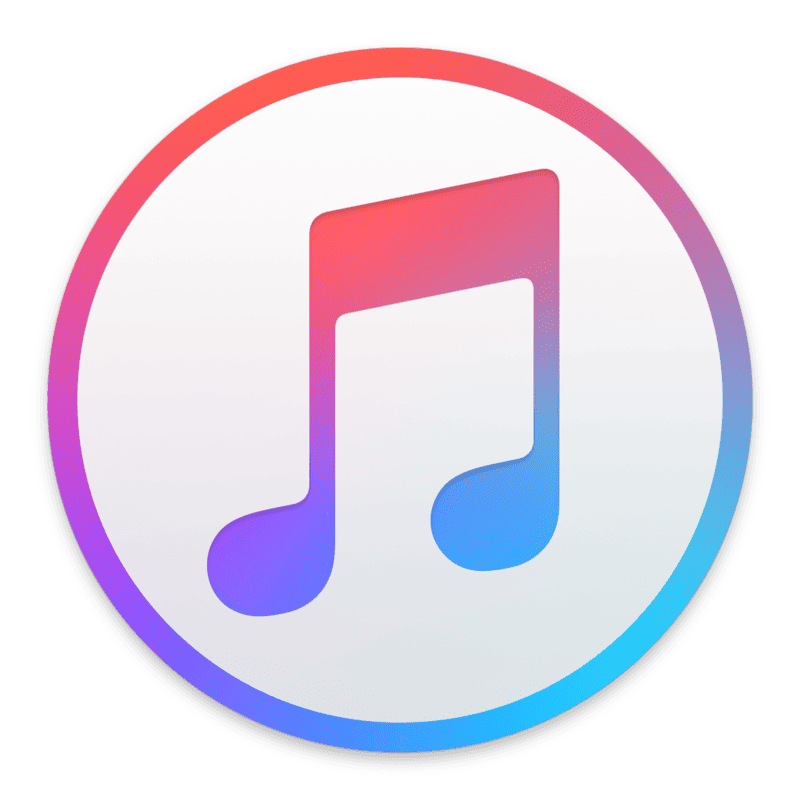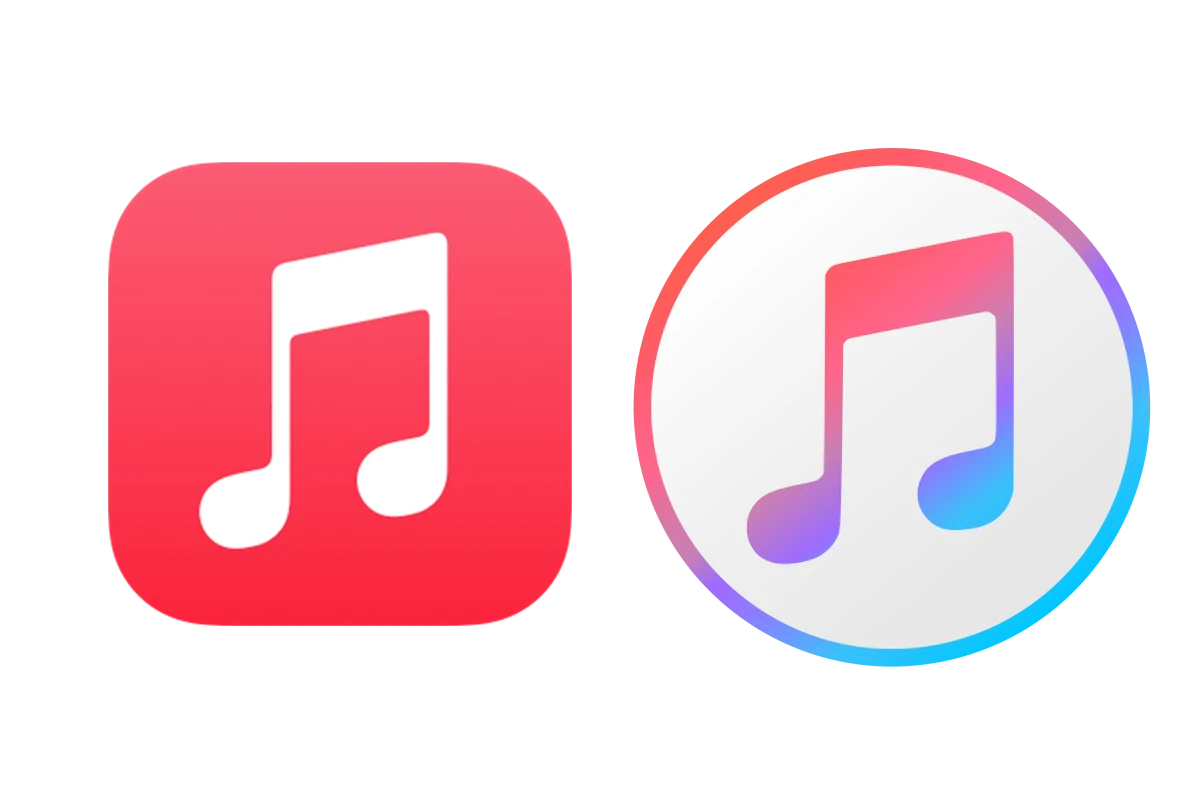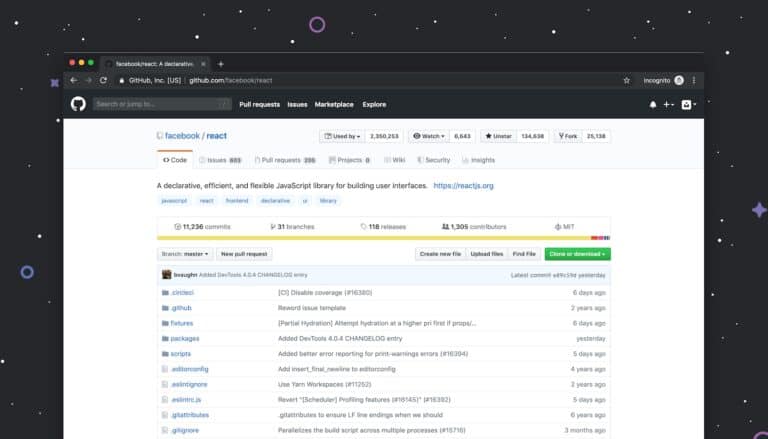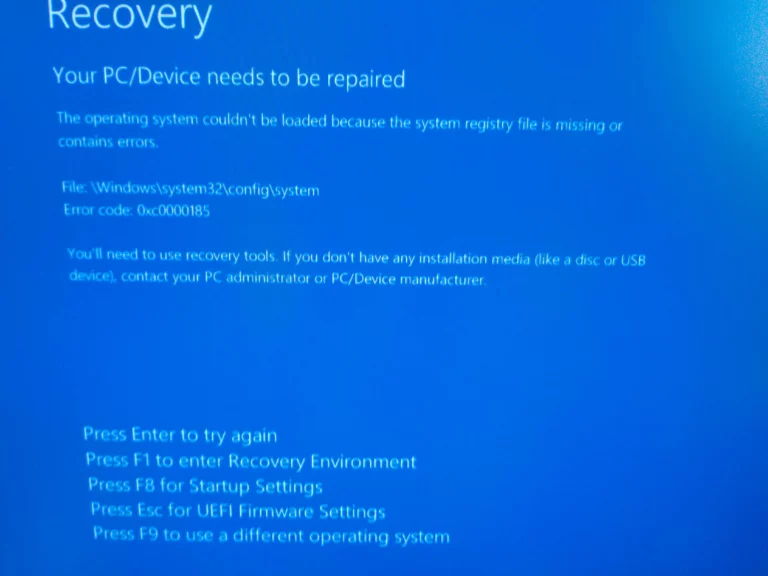iTunes changed how people buy and listen to music when Apple launched it in 2001. What started as a simple music player for iPods grew into a massive platform that sold songs, movies, TV shows, and podcasts. The app became the center of Apple’s digital world for nearly two decades.
iTunes is no longer the all-in-one app it once was, as Apple split it into separate apps in 2019, but its impact on digital music remains huge. The iTunes Store still exists today, though most people now use streaming services like Apple Music instead of buying individual songs. Many users still rely on iTunes-style features for managing their personal music collections.
The story of iTunes shows how quickly technology changes. From revolutionary music software to outdated giant, iTunes faced the same challenge many tech products encounter. Understanding what happened to iTunes helps explain how the music industry shifted from buying songs to streaming everything.

Current Uses of iTunes
Although iTunes no longer serves as the primary music store or media hub it once was, it remains a relevant and useful tool for many users in 2025. Here’s an overview of what iTunes is currently used for:
1. Media Library Management
iTunes continues to be a valuable platform for organizing and managing your media files on your computer. You can:
- Create, edit, and manage music playlists
- Organize your music library with metadata like artist, album, genre, and ratings
- Manage podcasts, audiobooks, and other media types
This makes iTunes a convenient hub for users who prefer owning and organizing their media locally rather than relying solely on streaming services.
2. Device Syncing and Backup
iTunes is still widely used to sync media content between computers and Apple devices such as iPhones, iPads, and iPods. It allows users to:
- Transfer music, movies, and other media to devices
- Backup and restore devices, including apps and settings
- Manage device storage and content
This remains especially useful for users who prefer wired syncing or have limited internet connectivity.
3. Purchasing and Downloading Media
While streaming dominates music consumption, iTunes still supports purchasing and downloading music, movies, and TV shows for offline use. This is beneficial for:
- Users who want to own digital copies rather than stream
- Collectors and independent artists distributing music digitally
- Regions with limited streaming service access
4. Legacy Support on Windows
On Windows PCs, iTunes remains the primary Apple software for media management and device syncing. Although Apple has stopped major feature updates for iTunes on Windows, it continues to function for:
- Managing iTunes libraries
- Syncing Apple devices
- Accessing purchased content
5. Support for Independent Artists and Content Creators
iTunes is still an important platform for musicians and creators to distribute their work globally. Artists use it to:
- Release music digitally to a wide audience
- Manage sales and royalties
- Gain exposure alongside other digital platforms
Key Takeaways
- iTunes transformed from a simple music player in 2001 to a complex media platform before Apple discontinued it in 2019
- The app revolutionized digital music sales but struggled to adapt when streaming services became popular
- iTunes legacy continues through Apple Music and other specialized apps that replaced its original functions
Frequently Asked Questions
iTunes transformed from a simple music player into a comprehensive media platform that changed digital entertainment forever. Users often ask about its evolution, current features, industry impact, and what happened after Apple discontinued it in 2019.
How has iTunes evolved from its initial launch to its current version?
iTunes launched in 2001 as a basic music player for Mac computers. It started as software to help users organize their digital music collections.
The program expanded quickly after its release. By 2003, Apple added the iTunes Store, which let people buy music legally online for the first time.
Apple kept adding new features over the years. The software grew to include movie rentals, TV show purchases, podcasts, and audiobooks.
In 2019, Apple split iTunes into three separate apps on Mac. Music, TV, and Podcasts became standalone programs in macOS Catalina.
Windows users still use iTunes today. The program continues to work as a media library and syncing tool for older devices.
What are the current functionalities and uses of iTunes today?
iTunes still manages media libraries on Windows computers. Users can organize music, videos, podcasts, and audiobooks in one place.
The software syncs content with older Apple devices. People use it to transfer files to iPods, older iPhones, and iPads that need cable connections.
iTunes plays various media formats. It supports MP3, AAC, WAV files for audio and MP4, MOV files for video content.
Users can still buy content through iTunes Store. The store sells music, movies, TV shows, and other digital media.
The program creates backups for iOS devices. This helps users save their data before updating or switching phones.
What is the significance of iTunes in transforming the digital music industry?
iTunes Store opened on April 28, 2003, and changed how people bought music. Before iTunes, most online music options were illegal or limited.
The platform offered legal music downloads for 99 cents per song. This pricing model made buying music affordable and convenient for consumers.
iTunes helped reduce music piracy significantly. People could buy individual songs instead of entire albums they might not want.
The service worked seamlessly with iPods. This integration created a complete ecosystem that other companies struggled to match.
iTunes proved digital music could be profitable. Record labels saw new revenue streams and eventually embraced digital distribution.
Why was iTunes considered revolutionary in its approach to media management?
iTunes combined multiple functions in one program. Users could play music, organize libraries, and buy new content without switching apps.
The software introduced smart playlists that updated automatically. These playlists organized music based on play counts, ratings, and genres.
iTunes simplified media syncing across devices. Users could easily transfer content between computers and portable devices.
The program offered a clean, user-friendly interface. People could navigate their music collections more easily than with other software.
iTunes integrated online and offline content seamlessly. Users accessed both purchased and imported music through the same interface.
What is the latest version of iTunes available for Windows and Mac OS?
Windows users can download iTunes 12.12 from Apple’s website. This version continues to receive security updates and bug fixes.
Mac users no longer get iTunes updates after macOS Catalina. The operating system replaced iTunes with Music, TV, and Podcasts apps in 2019.
Older Mac systems still run iTunes if they use macOS Mojave or earlier. These versions no longer receive feature updates from Apple.
Windows iTunes includes all original functionality. Users can access the iTunes Store, manage libraries, and sync devices.
The Windows version supports newer iOS devices. People can still back up and sync recent iPhones and iPads.
What led to the discontinuation of iTunes, and how has its legacy continued?
iTunes became too complex as Apple added more features. The single app tried to handle music, movies, TV shows, podcasts, and device management.
Users complained the software felt slow and confusing. Many people only wanted specific functions but had to use the entire program.
Apple decided to split iTunes into focused apps. This change made each program faster and easier to use for specific tasks.
The iTunes Store continues within Apple’s ecosystem. Users still buy content, but through dedicated Music, TV, and App Store apps.
iTunes changed how people consume digital media permanently. Streaming services like Spotify and Apple Music built on iTunes’ foundation of legal digital music distribution.







